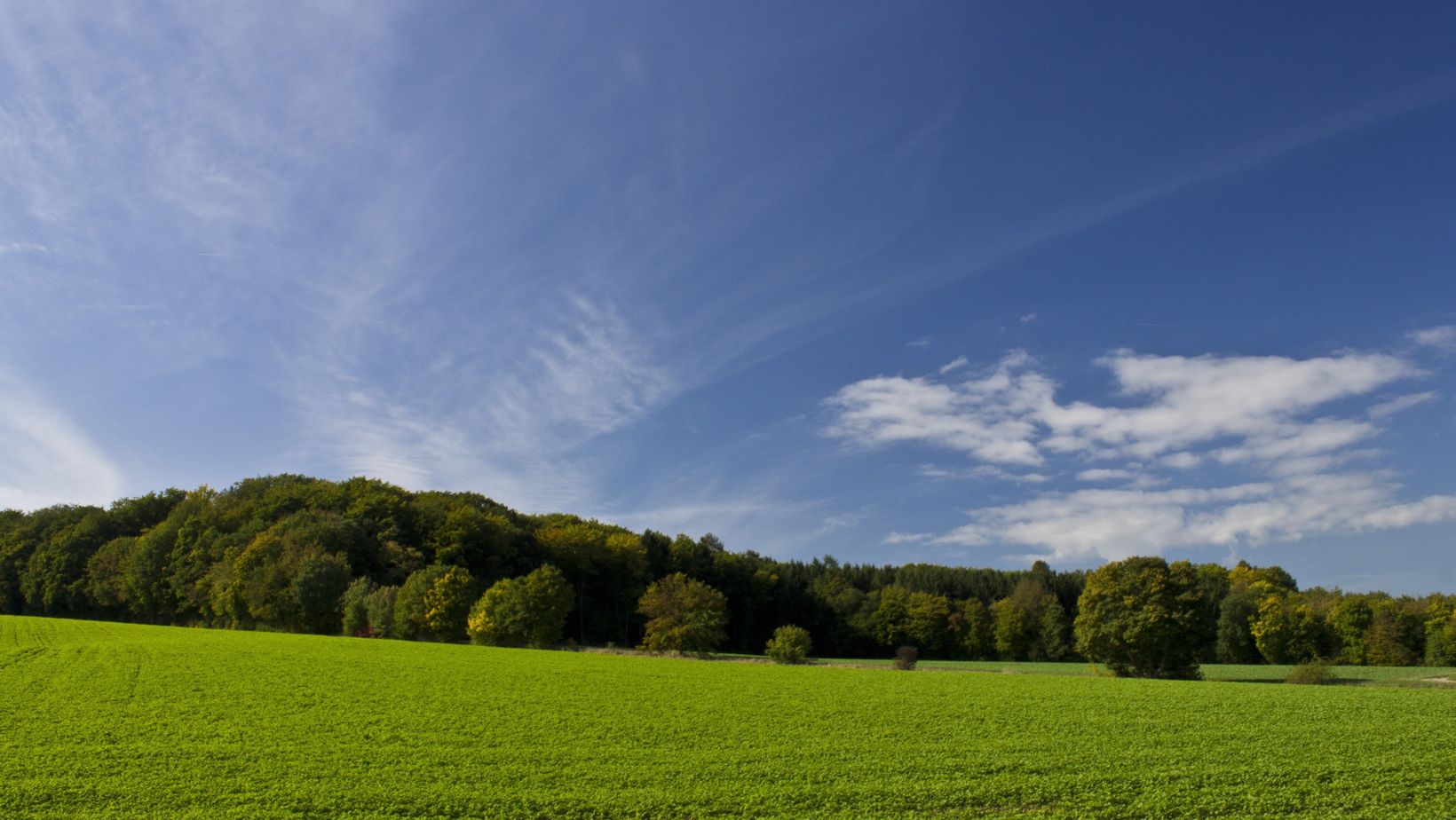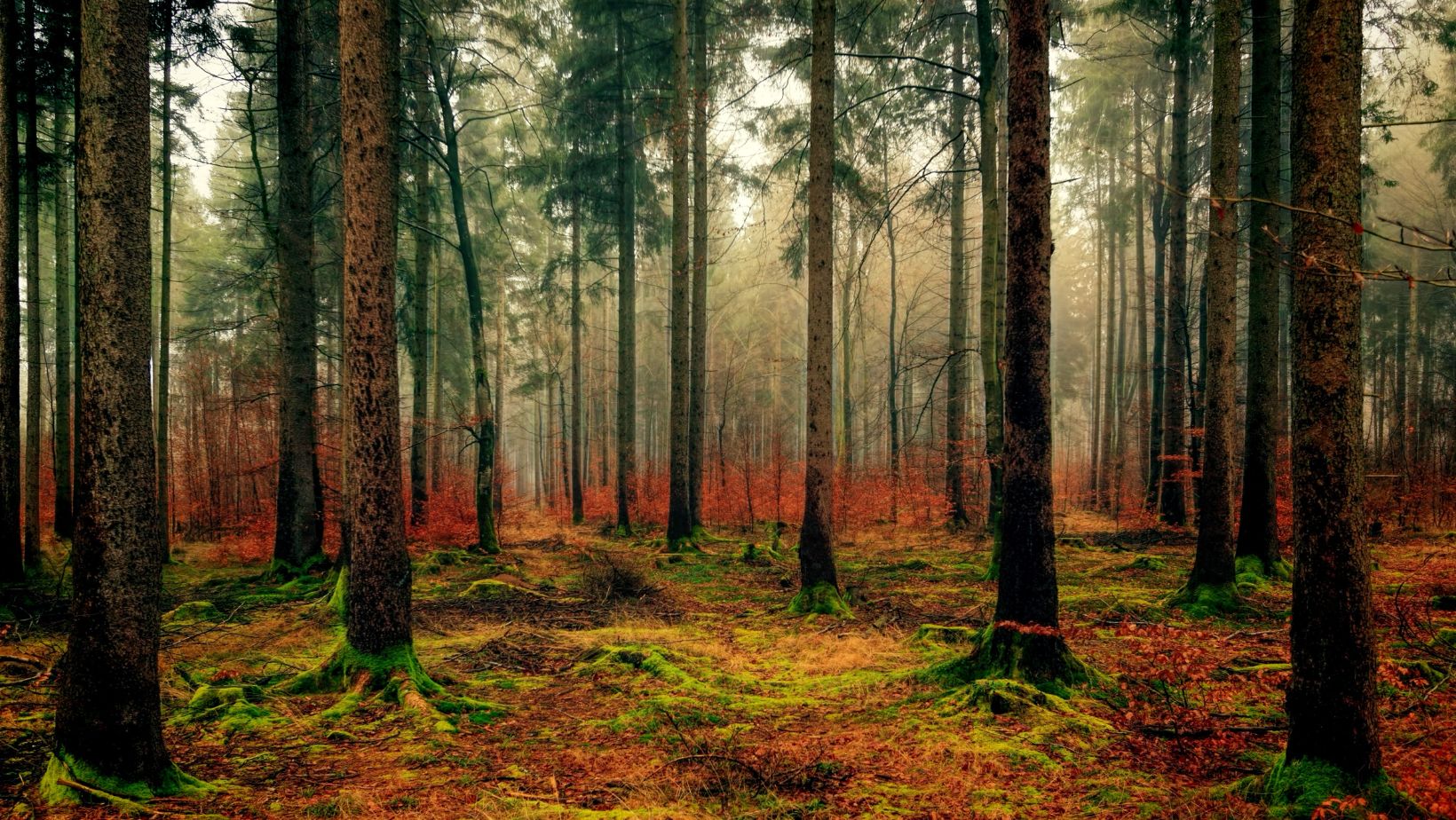 Embarking on a journey through the world of business management landscape drawing opens up a realm where creativity meets nature’s beauty. It’s a form of art that allows individuals to capture the essence of the outdoors on paper, translating scenes into captivating visual representations. Whether it’s the serene tranquility of a countryside view or the dynamic energy of a bustling cityscape, landscape drawing offers a canvas for expression and interpretation.
Embarking on a journey through the world of business management landscape drawing opens up a realm where creativity meets nature’s beauty. It’s a form of art that allows individuals to capture the essence of the outdoors on paper, translating scenes into captivating visual representations. Whether it’s the serene tranquility of a countryside view or the dynamic energy of a bustling cityscape, landscape drawing offers a canvas for expression and interpretation.
Exploring small business and the techniques and nuances of landscape drawing can be both rewarding and inspiring. From mastering perspective to playing with light and shadow, each stroke of the pencil or brush brings the scenery to life. As artists delve into this art form, they discover the power of observation and the joy of translating their vision onto paper. Whether a beginner or a seasoned artist, the journey of landscape drawing is a captivating exploration of the world around us.
Dibujo:xksakrs8930= Paisaje
Exploring the world of landscape drawing unveils a captivating realm where individuals can capture the essence of nature on paper. This art form provides a unique canvas for expressing and interpreting the beauty of the natural world, whether it be the tranquility of countryside views or the vibrancy of urban landscapes. Engaging in landscape drawing offers a rewarding and inspiring experience by delving into techniques such as perspective, light, and shadow. With each skillful stroke, artists breathe life into their scenery, creating a vivid representation of the world around them. Through attentive observation and the joy of translating visions onto paper, the journey of landscape drawing becomes a mesmerizing exploration for both novices and seasoned artists alike.
Importance of Capturing Nature in Art
Landscape drawing holds a significant place in the art world as it allows artists to recreate the beauty of the natural world on paper. It’s a way to connect with the environment and express artistic ideas through the depiction of landscapes.
Engaging in landscape drawing offers artists a unique opportunity to immerse themselves in the surroundings, observe details often overlooked, and develop a deeper appreciation for the environment. By carefully studying nature’s elements such as trees, rivers, and mountains, artists can establish a profound connection with the world around them, fostering a sense of harmony between the self and the surroundings.
Landscape drawing serves as a powerful medium for artists to convey their emotions, experiences, and interpretations of the world. Through skilful manipulation of lines, shapes, and colors, artists can express a wide range of feelings and ideas, capturing the essence of a place or a moment in time. This form of artistic expression allows for a unique insight into the artist’s perspective, inviting viewers to share in the beauty and emotion depicted in the artwork.
Tips for Improving Your Landscape Drawings
To enhance your landscape drawings, consider the following tips:
- Use varied line weights to create depth and dimension in your drawings. Experiment with lighter and darker strokes to depict different elements in the landscape effectively.
 Pay attention to the light source in your composition. Understanding how light falls on objects can significantly improve the realism of your drawings and create a sense of atmosphere.
Pay attention to the light source in your composition. Understanding how light falls on objects can significantly improve the realism of your drawings and create a sense of atmosphere.- Practice sketching regularly to improve your observation skills. Take time to study landscapes around you and sketch them to capture details accurately.
- Experiment with different perspectives to add interest to your drawings. Try incorporating foreground elements to create a sense of depth and lead the viewer’s eye into the scene.
- Study the work of famous landscape artists to learn from their techniques and approaches. Analyze how they capture the mood and atmosphere of different landscapes in their drawings.
- Consider using a limited color palette to create harmony and unity in your landscape drawings. Focus on using colors that complement each other to evoke a specific mood or atmosphere.
By incorporating these tips into your landscape drawing practice, you can enhance your skills and create more compelling and realistic representations of the natural world.
